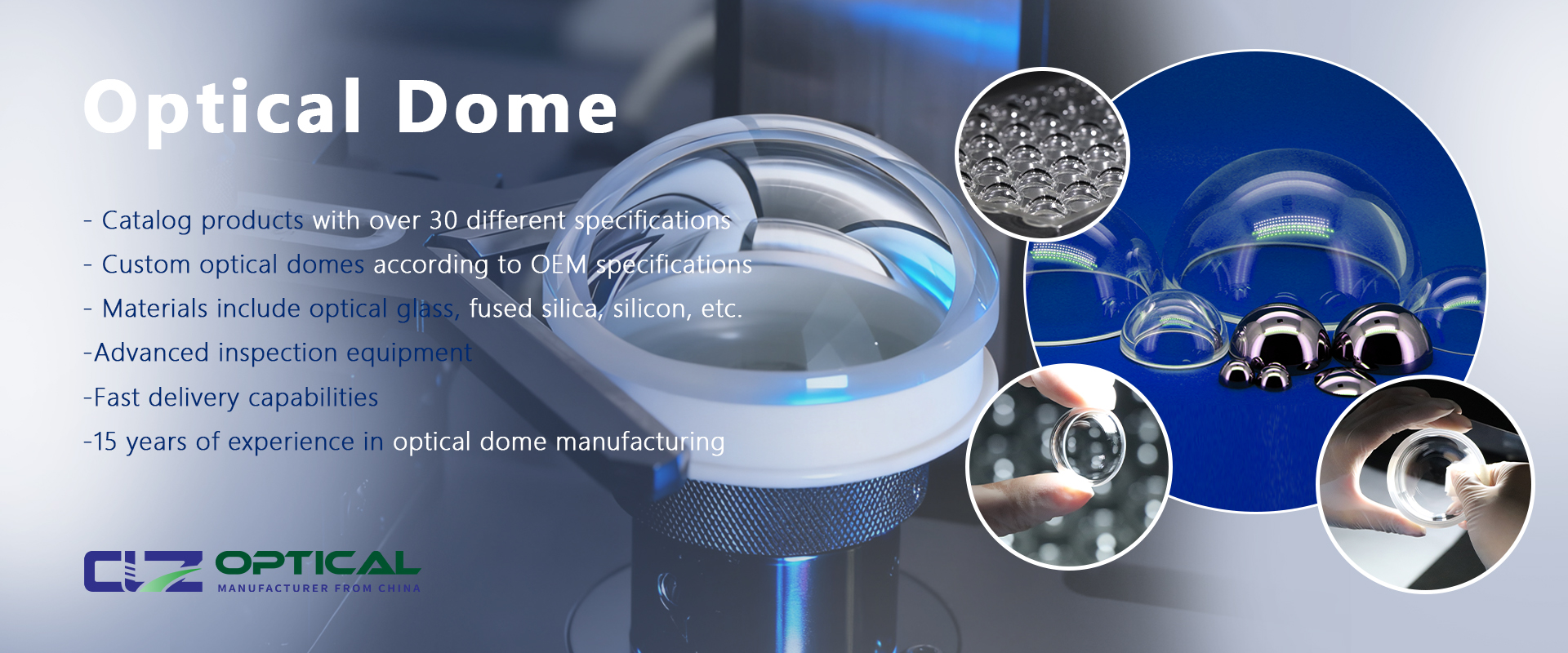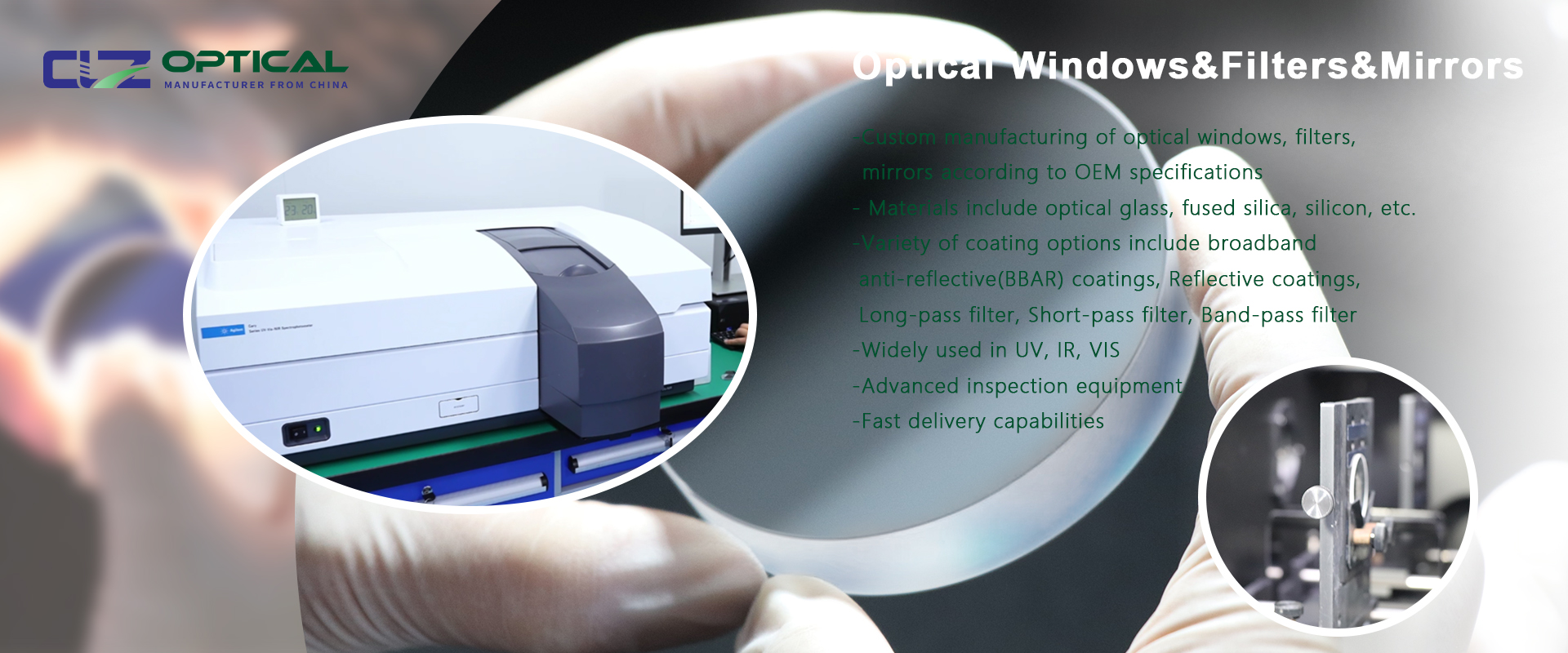Laser optical tweezers technology
Jan. 03, 2022
Because of high brightness, monochromaticity, coherence and collimation, lasers produce some biological effects that ordinary light sources cannot produce, such as the biological stimulation caused by weak lasers. Low level laser is also called as low-intensity laser. It usually refers to a small-dose laser that does not cause damage to tissue cells. Low level laser stimulates, regulates and activates the local and whole body. Since this kind of laser does not cause changes the nature of the organism, its biological effect is called stimulus. The clinical application of low-level laser is to promote wound healing, hair growth, corneal repair, anti-inflammatory and pain relief, bone regeneration, nerve regeneration, enhancement of immune function and increase of enzyme activity.
Generally speaking, optical tweezers usually couple the laser beam into the microscope to realize the simultaneous capture and observation of the optical trap. Therefore, choosing a laser with suitable wavelength bands and reliable performance and a high-performance microscope is the first condition for establishing an optical tweezers system. According to the wavelength, stability and power of lasers, optical engineers choose a suitable laser. Whether the laser will cause damage to biological samples also should be paid attention to. The Nd: YAG laser with 1064nm is far away from the absorption peak of water and protein. It is suitable for the non-damage operation of biological samples. When choosing a suitable microscope, the microscopes should have mechanical stability, optical performance and objectives with high numerical aperture.
The optical components of the single-optical tweezers system include biconvex lenses, optical mirrors, optical filters and condensers. The imaging system with unlimited optical tube includes objective lenses, auxiliary objective lenses, dichroic lenses, lenses and eyepieces. The laser beam is expanded into parallel light by lens group (two biconvex lenses) for beam expander, which is reflected into the inverted microscope by optical mirrors. The biconvex lens is coupled with the Tube Lens to make the laser light become parallel light. The expanded beam must fill the back pupil of the objective lens to form a stable light trap. The objective lens and auxiliary objective lens form an imaging system, which images the object plane to the CCD and records the dynamics of the experiment process. The bottom exit is used for the introduction of the laser and optical path of the additional imaging.
The optical components of the dual optical tweezers system include half waveplates, beam splitting prisms, optical mirrors, optical lenses, rotating mirrors and optical prisms. The half waveplates is used to control the linear polarization direction of the laser. The broadband polarization beam splitter divides the laser beam into two independent beams. The acousto-optic deflector is used to deflect the laser beam in order to precisely control the position of the optical trap. The mirror is used to change the direction of the laser beam. The lenses respectively constitute a laser beam expansion system so that the laser beam fills the entrance pupil of the objective lens. The rotating mirror separately controls the height and direction of the two beams of light. The broadband polarizing prism completes the other coupling of the two beams so that they can be introduced into the microscope system together.
CLZ Optics Co., Ltd. specializes in producing spherical lenses for laser and other optical instruments, including biconvex lenses, plano-convex lenses, plano-concave lenses and achromatic lenses. Looking forward to providing high-quality optical components for your products!




















